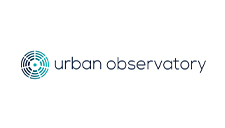There is a growing need for understanding how to increase capacity and raise awareness of IoT (Internet of Things) technology in a rural landscape.
The number of IoT devices in 2021 will reach 46 billion, up 200% compared to 2016.
The adoption of IoT technology in rural landscapes is hindered by a lack of widespread wireless communication technology.
This is mainly due to the dispersed nature of rural activities, and the scarcity of large capital grant opportunities to kick-start developments. Furthermore, it is difficult to build testbeds and communicating to the wider rural community about the transformative nature that is the promise of embedded and connected IoT systems.
Solving the problem
Hinterlands is a Pitch-In project looking at the potential of Long-Range Wide-Area Networks (LoRaWAN) for collating and transmitting IoT sensor readings in rural areas. The main study area is at Hepple, in Northumbrian National Park, which is in the process of being rewilded.
This project will provide kickstart funding to “make the case” for integrated IoT monitoring in rural landscapes and generate a portfolio of ideas for future funding calls.
At Hadrian’s Wall we are testing the performance of a range of LoRaWAN ‘people counters’ along a section of this UNESCO World Heritage Site”
Professor Philip James, Newcastle University
The goals of this project are threefold:
Firstly, to develop a small testbed for low-bandwidth IoT communications to be the seed for a larger rural network funded through further co-created capital bids.
Secondly, to develop a data portal to demonstrate some of the use cases of IoT in rural areas.
Thirdly, to connect with rural industries and stakeholder organisations to gather requirements for present and future IoT activity.
Key outcomes
The project has demonstrated that IoT monitoring devices can be an affordable solution to data collection in remote rural locations.
Environmental and visitor monitoring in these landscapes is often infrequent and the data are time-delayed due to the use of volunteers and non-telemetered equipment.
It has been shown that IoT technology can provide rural stakeholders with a continuous and automated monitoring system that allows access to the data in near real-time. The stakeholders have been and will continue to use this information to inform their site management and stewardship of the rural landscape.




